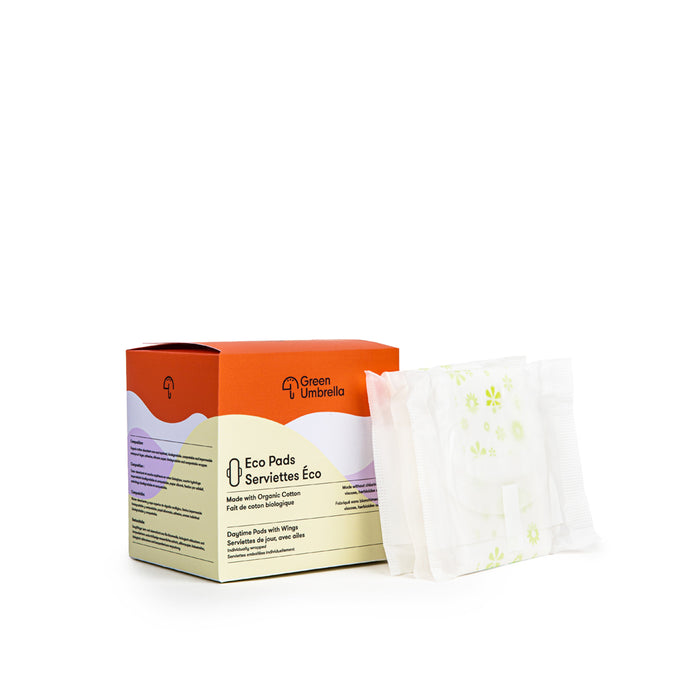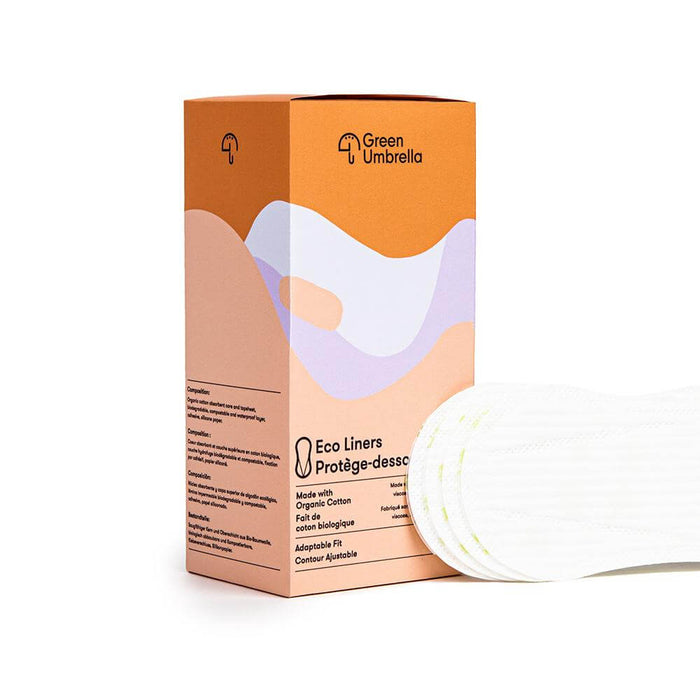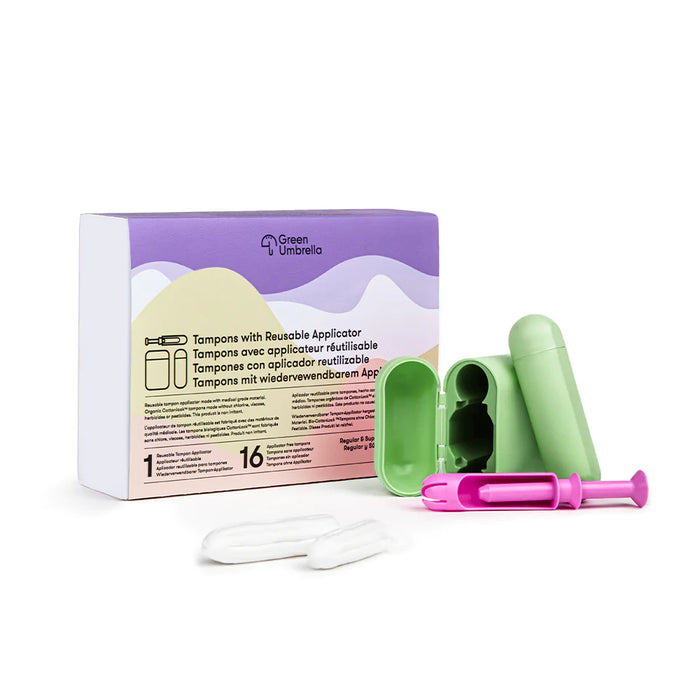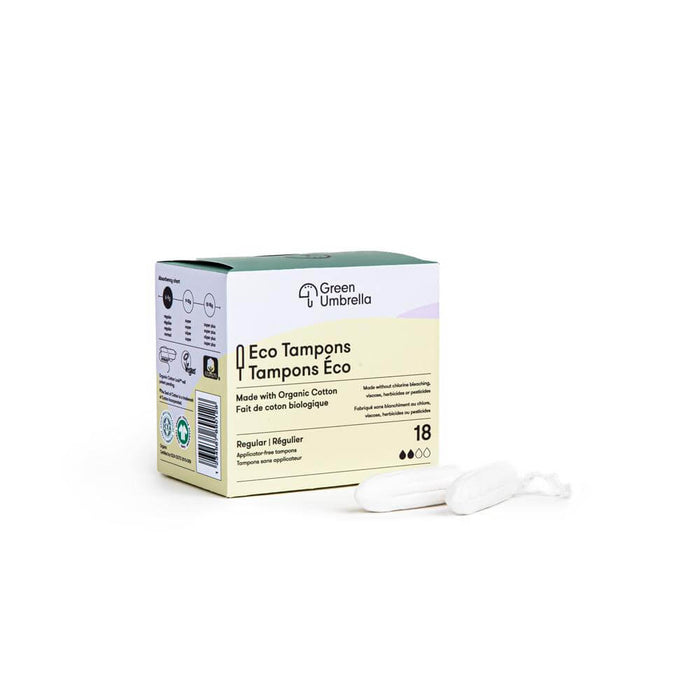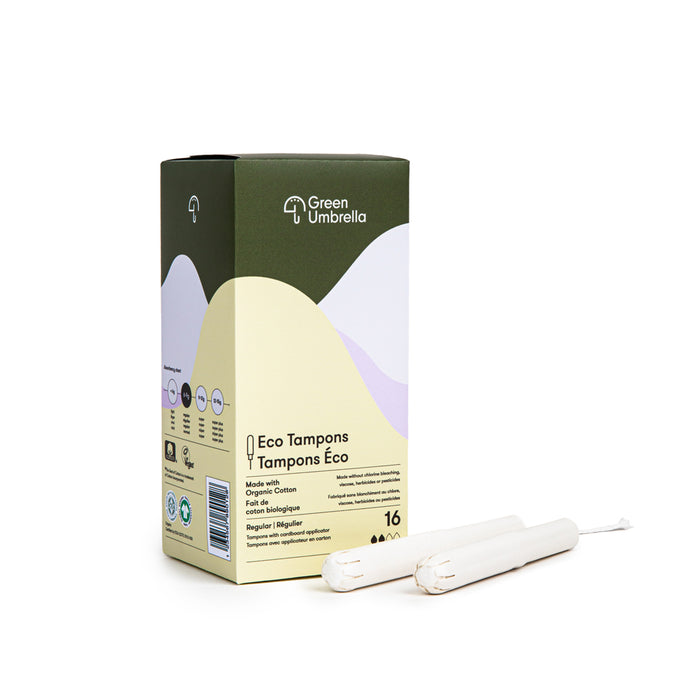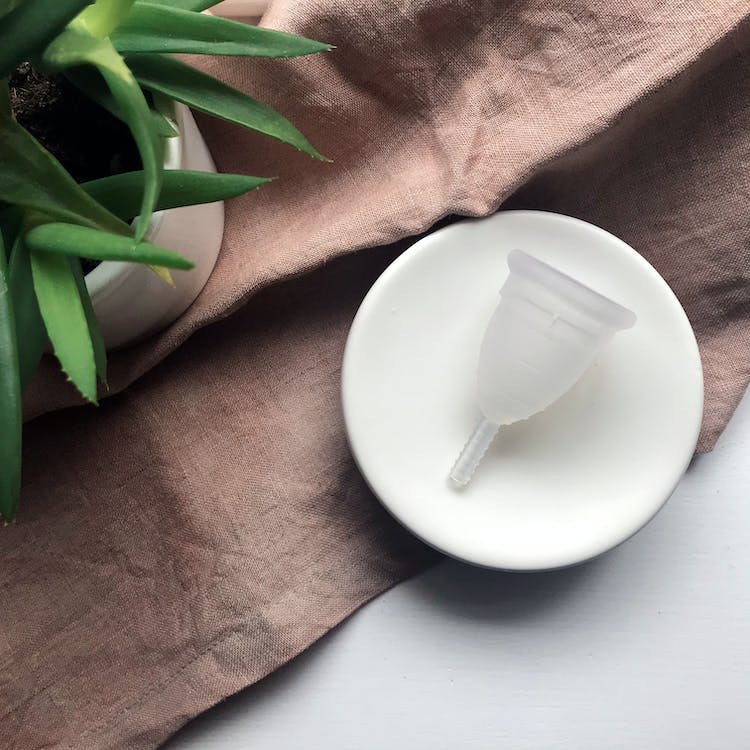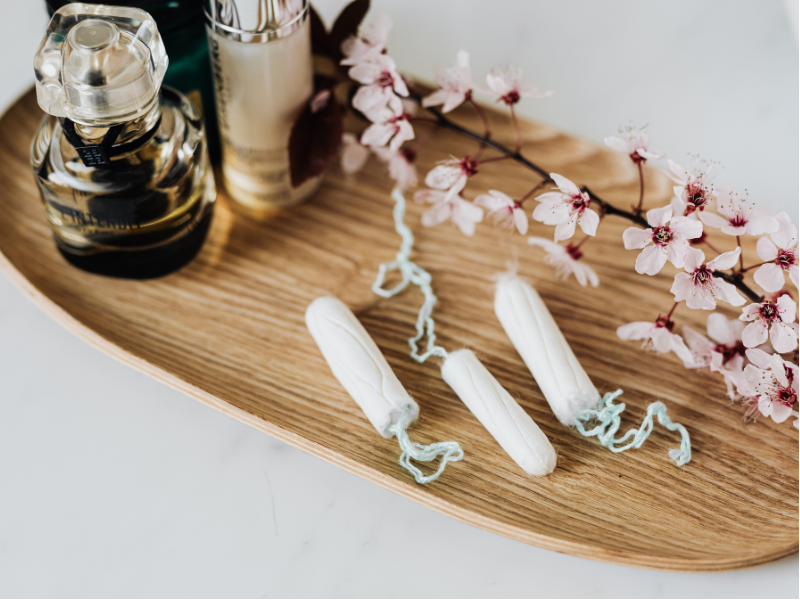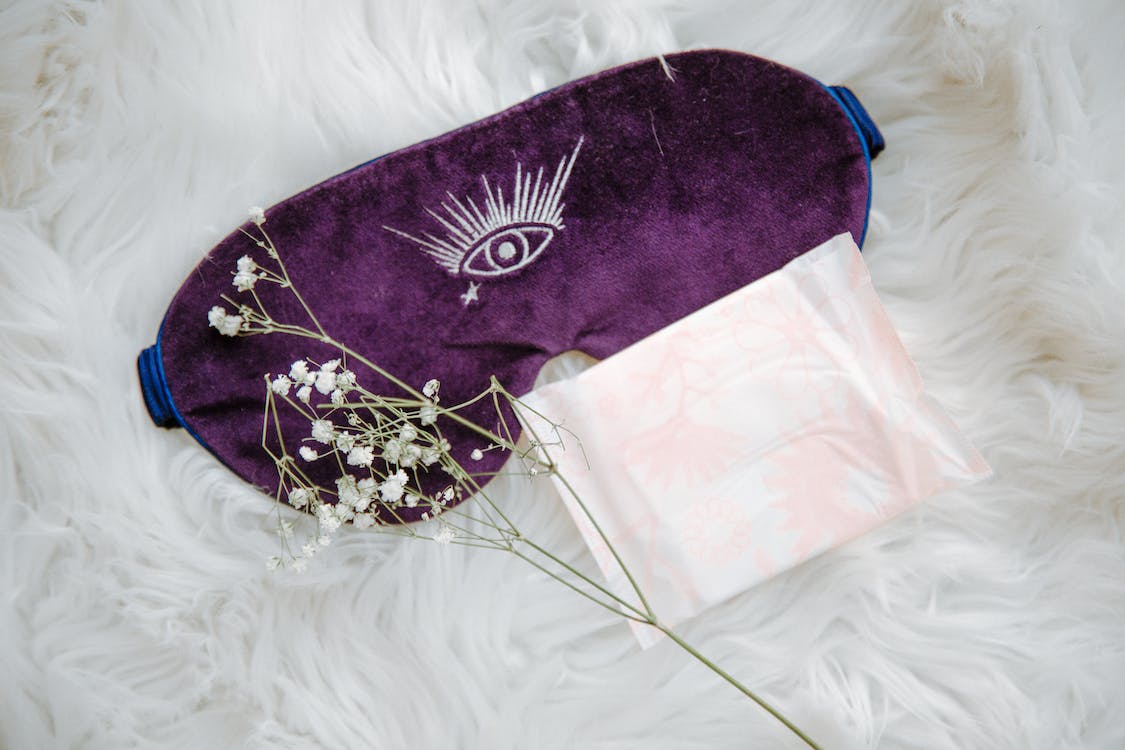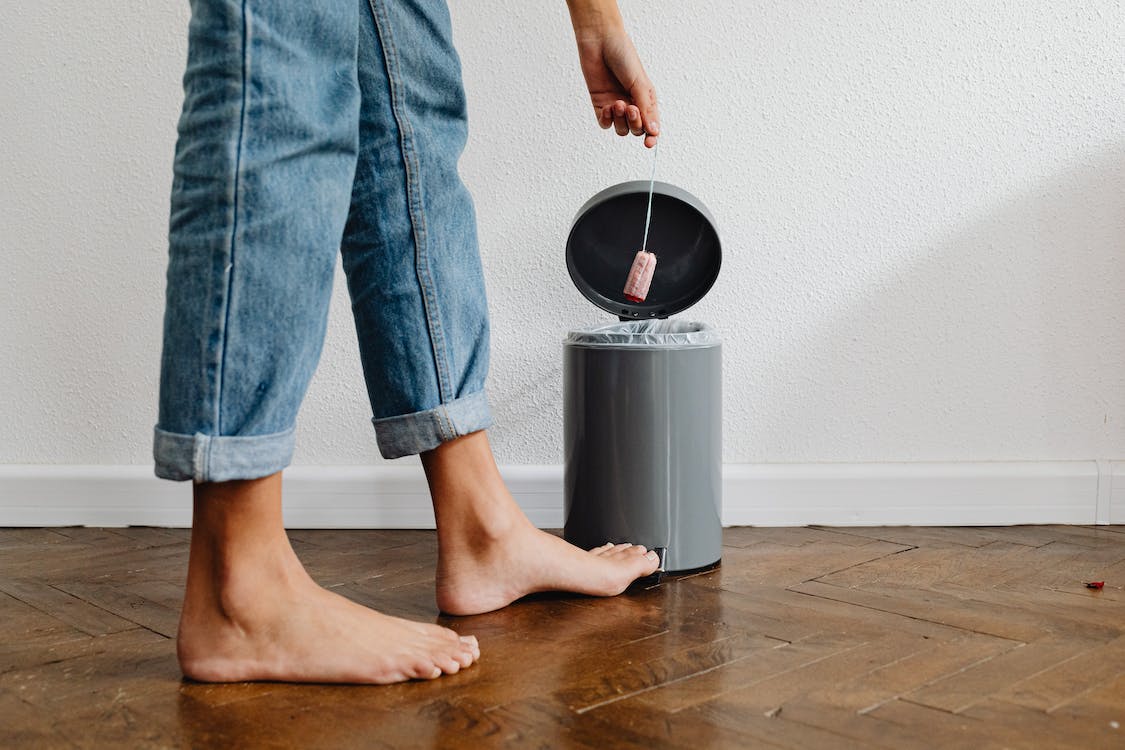Menstruation is a natural and essential part of life for many people who menstruate. However, the products we use during our periods can have a negative impact on the environment. In recent years, menstrual cups have gained popularity as a sustainable alternative to traditional menstrual products.
In this article, we will explore the environmental benefits of menstrual cups and how they can help reduce waste and promote sustainability.
What are Menstrual Cups?
A menstrual cup is a small, flexible cup made from medical-grade silicone, latex, or elastomer that is designed to be inserted into the vagina during menstruation. The cup collects menstrual fluid and can be emptied, rinsed, and reused for up to 10 years. Menstrual cups come in various sizes, shapes, and colors to accommodate different body types and preferences.
Environmental Benefits of Menstrual Cups
- Reduced Waste
Disposable menstrual products, such as tampons and pads, generate a significant amount of waste. According to the Women's Environmental Network, the average person who menstruates will use approximately 11,000 tampons and pads in their lifetime. These products take hundreds of years to decompose in landfills, contributing to environmental pollution and carbon emissions. Menstrual cups, on the other hand, are reusable and can last for up to 10 years with proper care and maintenance. This means that the amount of waste generated by menstrual cups is significantly less than that of disposable products.
- Lower Carbon Footprint
The production, transportation, and disposal of disposable menstrual products have a significant impact on the environment. The manufacturer of these products requires the use of natural resources, such as cotton and wood pulp, which contribute to deforestation and greenhouse gas emissions. The transportation of these products to stores and the disposal of used products also contribute to carbon emissions. In contrast, menstrual cups have a lower carbon footprint because they are reusable and do not require the same amount of resources to produce or transport.
- Reduced Chemical Exposure
Disposable menstrual products often contain chemicals such as bleach, fragrances, and dyes that can be harmful to both the environment and our bodies. These chemicals can leach into the soil and water when tampons and pads are disposed of, contributing to environmental pollution. Menstrual cups, on the other hand, are made from medical-grade silicone, latex, or elastomer and do not contain harmful chemicals. This makes them a safer and more sustainable option for people who menstruate.
- Cost-Effective
Menstrual cups may have a higher upfront cost than disposable products, but they are a cost-effective option in the long run. A single menstrual cup can last for up to 10 years, which can save you hundreds of dollars on disposable products over time. This makes menstrual cups a sustainable and affordable option for people who menstruate.
- Challenges and Considerations
While menstrual cups offer many environmental benefits, there are also challenges and considerations to keep in mind. Firstly, menstrual cups can be difficult to insert and remove, especially for first-time users. It may take some time to get used to the cup and find the right size and shape that works for your body. Additionally, menstrual cups require proper care and maintenance to ensure their longevity and hygiene. Lastly, menstrual cups may not be the best option for people who have a medical condition such as an IUD or pelvic organ prolapse. It is important to speak with your healthcare provider before using a menstrual cup.
- Promotion of Menstrual Health Education
Using menstrual cups also promotes menstrual health education. Menstrual cups require users to be more familiar with their bodies and menstrual cycle. This familiarity helps break down the stigma and shame associated with menstruation and promotes menstrual health education. By using menstrual cups, people can learn more about their bodies and menstrual cycles, leading to a better understanding of their overall reproductive health.
- Support for Sustainable Practices
By using menstrual cups, people are supporting sustainable practices. As more people adopt menstrual cups, the demand for disposable menstrual products will decrease, leading to a decrease in waste and a decrease in the environmental impact. Additionally, the use of menstrual cups can lead to a shift in how we view and manage our periods. It can encourage us to embrace sustainable practices in other areas of our lives, such as reducing single-use plastics and composting.
Conclusion
Menstrual cups offer a sustainable and eco-friendly alternative to disposable menstrual products. They can help reduce waste, lower carbon emissions, and decrease chemical exposure. While there are challenges and considerations to keep in mind, menstrual cups are a cost effective option for people who menstruate. By making the switch to menstrual cups, we can all take small steps towards reducing our impact on the environment and promoting sustainability. While it may take some time to adjust to using a menstrual cup, the environmental benefits and cost savings make it a worthwhile investment. Overall, menstrual cups are a win-win solution for both the planet and our bodies.


